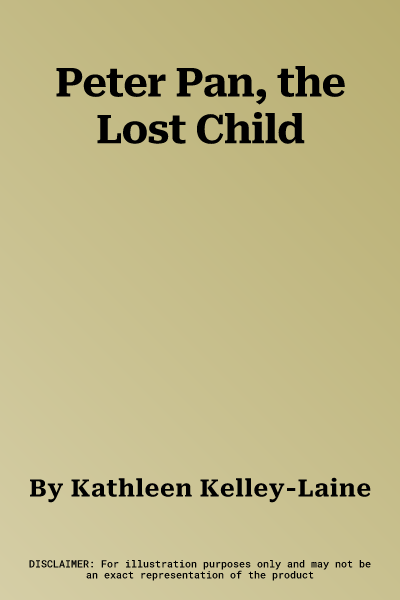Originally published in 1992 in French as Peter Pan ou l'Enfant
Triste, the book was translated into English in 1997 and released as
Peter Pan: The Story of Lost Childhood. This new English language
version is translated by author Kathleen Kelley-Laine and enriched with
the addition of an epilogue from the author plus a new foreword from
renowned psychoanalyst Jonathan Sklar. Peter Pan, "young innocent and
heartless", with his baby tooth smile is one of the most popular heroes
of fiction of both children and adults for over one hundred years. The
author explores this mythical figure, both as a story as well as a
metaphor, revealing the hidden traumas and psychological conundrums of
this "Lost Child". The evocative and lyrical style takes the reader
through multiple levels of understanding of this seemingly simple "fairy
tale", into the tragic story of its author J. M. Barrie and of other
Peter Pans who never grow up. In Peter Pan, the Lost Child,
psychoanalyst Kathleen Kelley-Laine explores Peter Pan's light-hearted
escapades and uncovers a sad, lost child behind the 'baby tooth' smile.
She uses the story as a framework for the stories of her patients to
show how their own Peter Pan manifests, giving a unique insight into how
childhood events can block growth into adulthood. She also investigates
the sinister side of author James Mathew Barrie as it relates to his
Peter Pan tale, and addresses her own family history and its links to
The Boy Who Would Not Grow Up. Little by little, as the book progresses,
Kelley-Laine's lost childhood emerges as a child who fled with her
family from war-torn Hungary after the Second World War to the 'promised
land' of Canada. These three interwoven storylines take the reader on a
literary journey to uncover secrets and hidden emotions. Kelley-Laine
makes clear that the child who cannot grow up, the Peter Pan raging
inside the adult, needs to be heard and understood. Only then can that
lost child have a chance to find the road to maturity.

